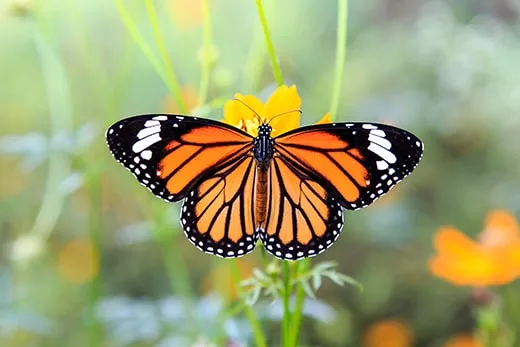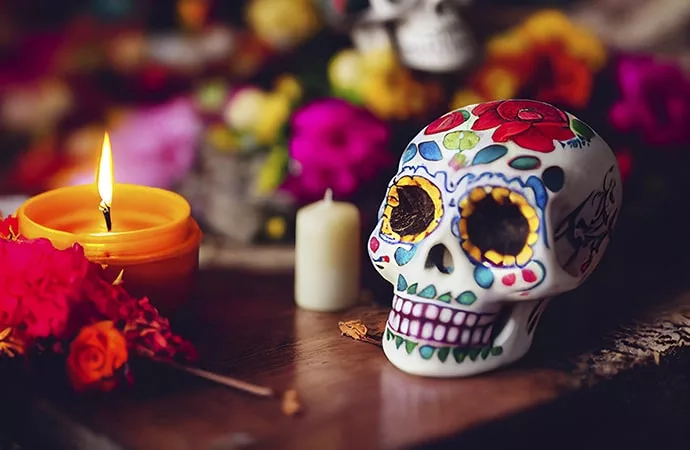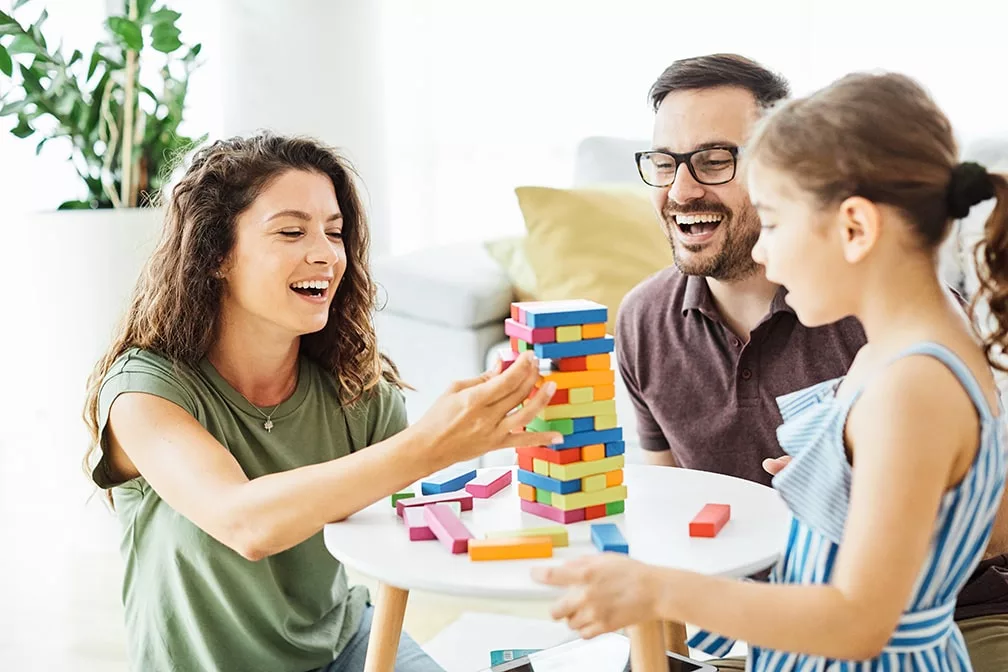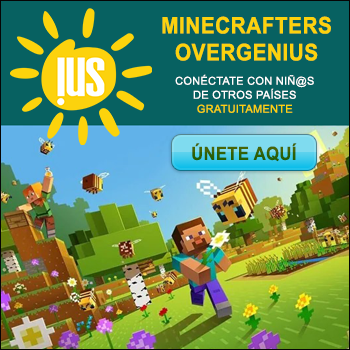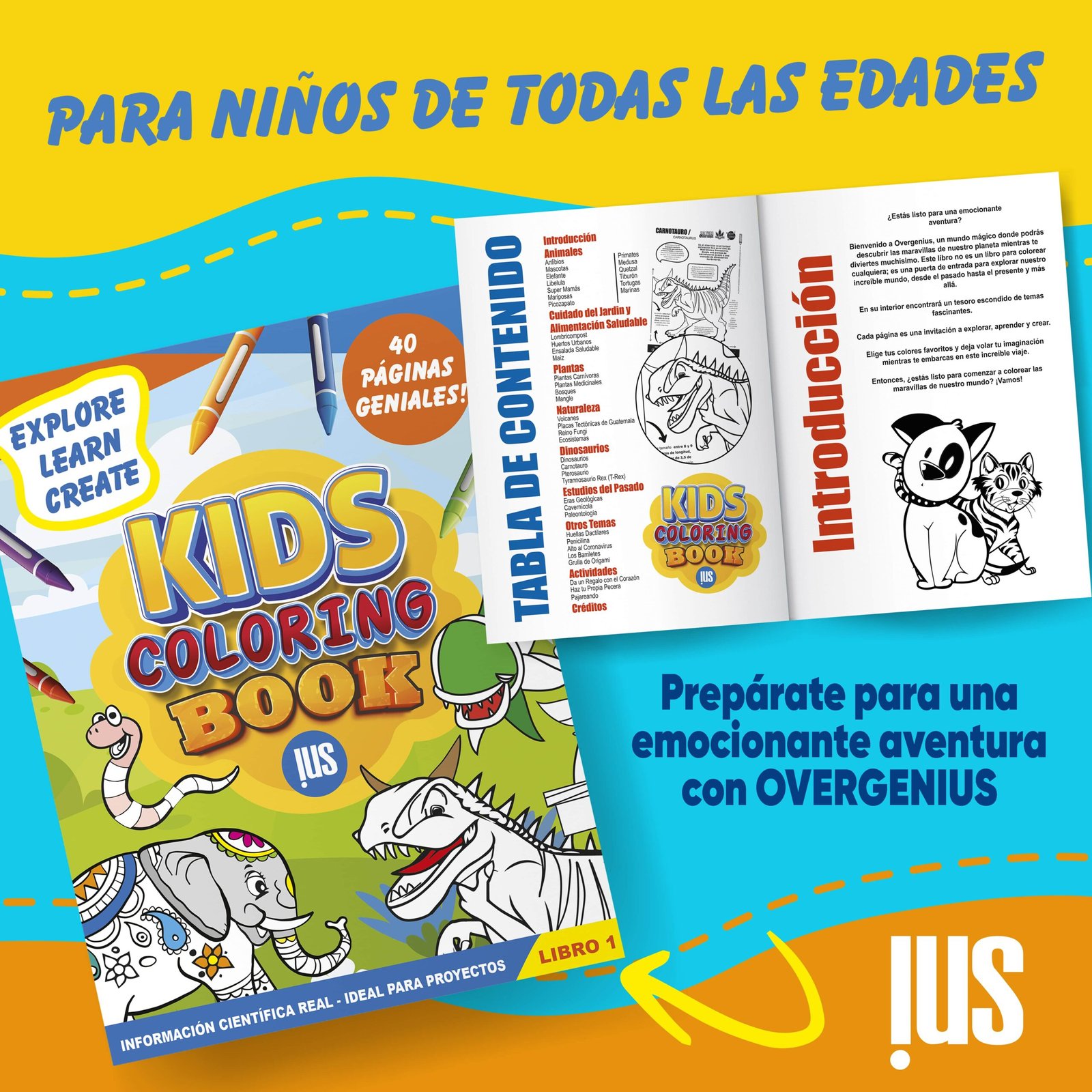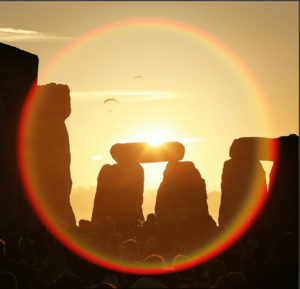Sculpture is one of humanity's oldest art forms: modeling, carving, casting, or casting materials to give them form, meaning, and life. From Michelangelo's marble work to modern urban interventions in cement or metal, this art has witnessed history... and you too can become a part of it.
If you're thinking about starting your journey as a sculptor, this guide is designed for you: clear, with essential tools, basic techniques, types of sculpture, historical curiosities, and inspiring examples (also from Latin America).
 The beginning: from sketch to three-dimensional form
The beginning: from sketch to three-dimensional form
Every sculpture begins with a idea, and that idea must be visualized. Before using tools or materials, it is key create a preliminary sketch, either in pencil or digitally. This helps define proportions, style, and overall structure.

A fundamental exercise is to imagine that the sculpture must “caber” dentro de una forma geométrica simple, like a cube or sphere. This makes it easier to understand the volume, balance, and direction of the object in 3D. From there, you can think about its different views: front, side, back and top.
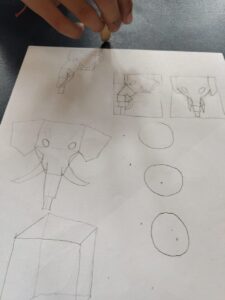
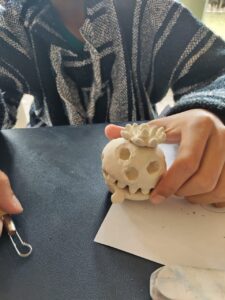
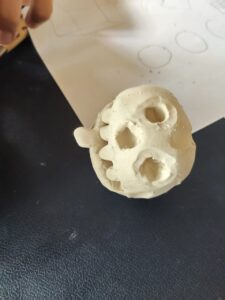
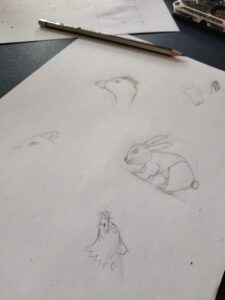
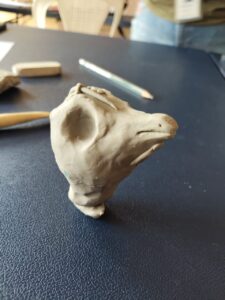

The three pillars of sculpture
Sculpted
It consists of remove material from a solid block. This technique is used with stone, marble, or wood. It is irreversible and requires precise planning.
Modeling
It is based on add and shape to soft materials such as clay, plaster, or wax. Ideal for beginners due to its flexibility.
Molten
A model is created (usually in wax or clay), a mold is made, and then a liquid material such as bronze or resin is poured into it and solidifies.
Learn in Google Arts & Culture – Esculturas – Colección mundial interactiva.
Basic tools to get started

You don't need a professional workshop to get started. Here's an essential kit:
- Chisels and gougesIdeal for carving wood or plaster. They come in various shapes and thicknesses.
- Stecas: Tools for modeling details in soft materials.
- Turntable: Allows you to observe and work on the piece from all angles.
- Spatulas, needles, sandpaper: To give textures and details.
- Gloves, glasses, mask: Safety elements always necessary.
Recommendation: start working with plaster, clay or school plasticine, which are soft, accessible and easy to correct materials.
Types of sculptures
There are many categories and formats, here are the most common ones:
- Busts: Representations of the human bust (head and upper torso).
- Architectural sculpture: Ornaments or structures integrated into buildings or constructions. A classic example is the gargoyles, used in Gothic architecture for both aesthetic and practical purposes (roof drainage).
In Latin America, we can find examples of architectural sculpture in the Church of La Merced in Antigua Guatemala, which features a spectacular façade with integrated religious sculptures depicting saints and religious motifs, typical of the colonial baroque style.

- High relief: The figure stands out clearly from the background as in the walls of the Bank of Guatemala or in the IGSS building in Guatemala.
- Half relief: The figure stands out moderately.
- Low relief: The figure barely rises from the plane. Example: coins.
- Sculpture in the round: It is the one that can be seen from all angles, without a flat bottom. The Venus of Willendorf (Austria, approx. 28,000 BC) is one of the oldest sculptures discovered, and a great example of this style.
Materials you can explore
Each material offers a different experience, here is a summary:
| Material | Difficulty | Ideal technique |
|---|---|---|
| gypsum | Easy | Modeling /emptied |
| Clay | Easy | Modeling |
| Wood | medium | Sculpted |
| Stone | High | Sculpted |
| Marble | High | Sculpted |
| Ice | medium | Quick sculpting |
| Metal (bronze, iron) | High | Molten |
| Resin | medium | Molten / emptied |
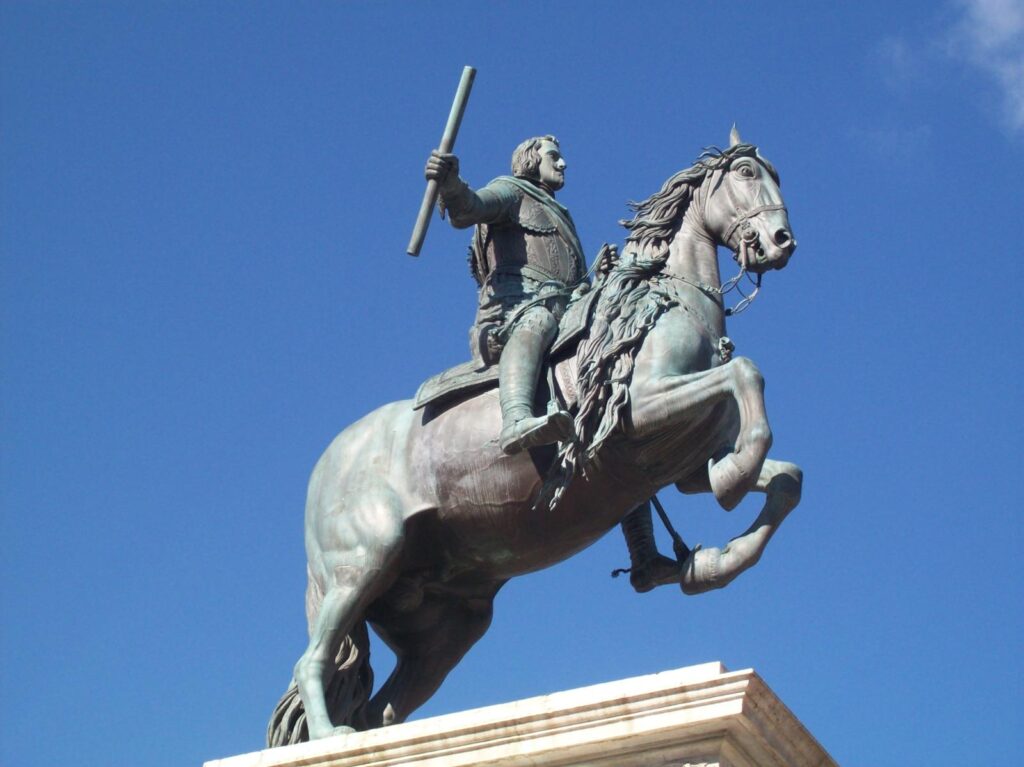
Historical curiosity: equestrian sculpture
In many equestrian sculptures (sculptures of figures mounted on horses), the horse posture has a symbolic meaning:
- Two front legs raised: the character died in battle.
- A raised paw: died of war-related injuries.
- Four legs on the ground: died of natural causes.
Aunque esta “código” no es una regla oficial, se ha repetido en muchas obras conmemorativas, especialmente del siglo XIX.
Famous sculptures you should know
International classics
- David – Michelangelo (Italy)
- The Pietà – Michelangelo (Vatican)
- The Thinker – Auguste Rodin (France): Rodin Museum
Sculpture in Latin America
- Redeemer Christ – Brazil: UNESCO
- Olmec colossal heads – Mexico: INAH
- The Hand of Punta del Este – Uruguay: Uruguay Tourism
- Sculptures by Fernando Botero – Colombia: Antioquia Museum
- Gamarra Walker – Peru: See work
Final recommendations to get started
Experiment with various materials before specializing.
Observe many sculptures (virtual or in museums).
Take it easy:Art requires time, repetition and sensitivity.
Document your process: Take photos or record what you do to evaluate your progress.
Sculpture is a tactile, three-dimensional, and deeply human art. Whether you start with a plaster ball or a block of wood, the essential thing is to have a clear idea, patience and a great desire to explore.
Sketch, imagine, model. Create works that can be seen from every angle and that tell stories without words.
It's time to get your hands dirty and shape your ideas!



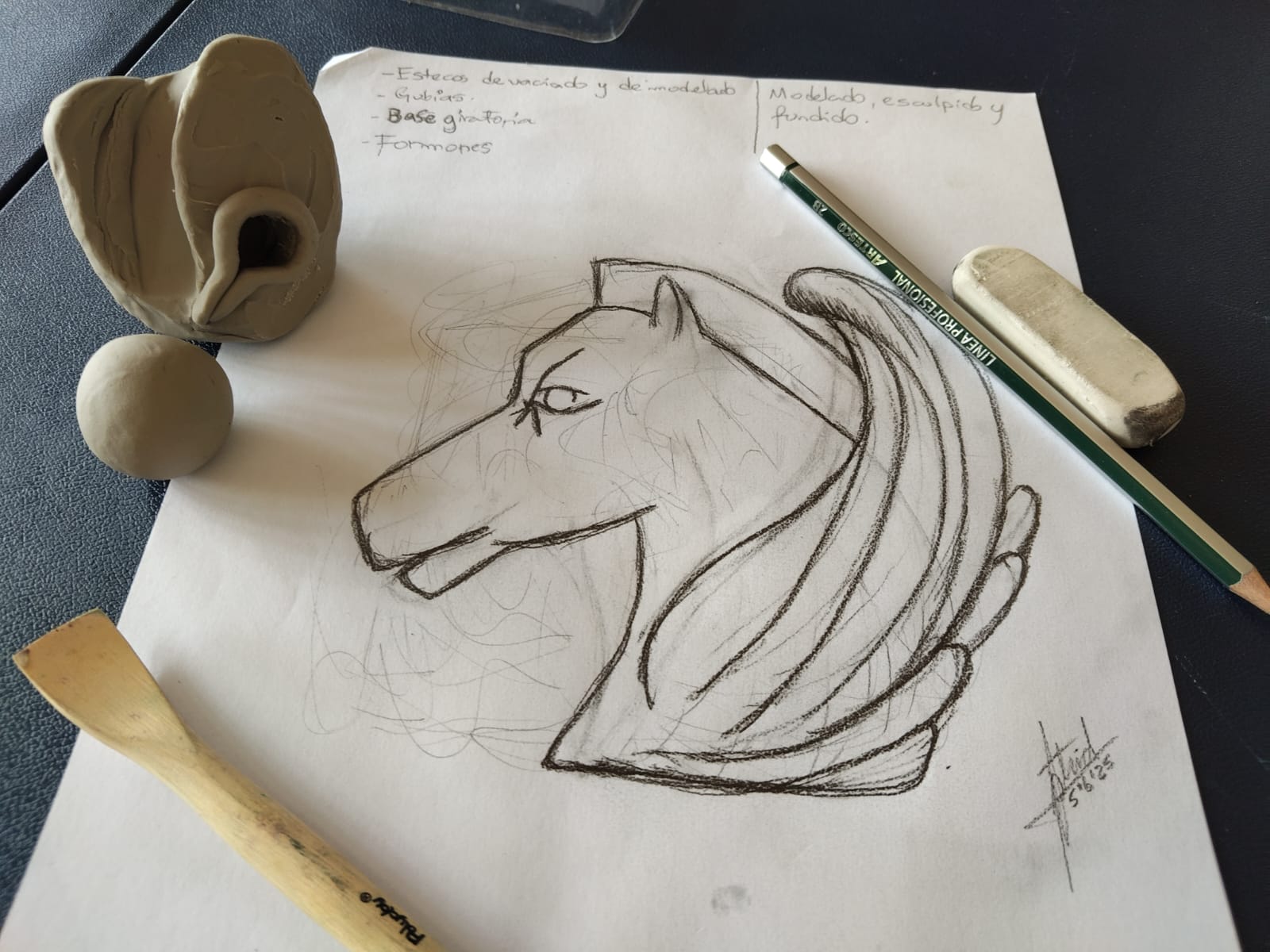 The beginning: from sketch to three-dimensional form
The beginning: from sketch to three-dimensional form
